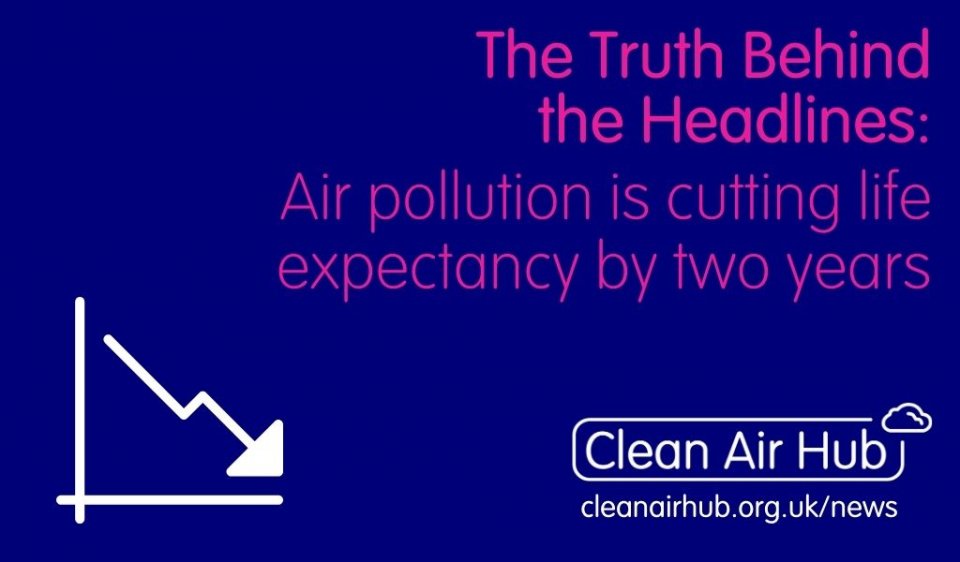News & Stories
Mainstream news is reporting that nitrogen pollution; increased by traffic, power stations, farming and industry, is causing problems for some of Scotland’s most globally important species and natural habitats.
They claim that nitrogen exposure on already fragile habitats is leading to a loss of species, lower resilience to the worsening climate crisis, and increased vulnerability to pests and disease.
They note specifically the threat to Scotland’s rare rainforests which is a particularly rare habitat worldwide.
Using our recommended five tips, Global Action Plan reviewed the study:
| Questions to ask to get to the truth | Our response |
| 1. Does the article refer to a report to back up its claims? |
The article refers to the report Cleaner air for Scotland’s wildlife produced by Plantlife |
| 2. Who is behind the study it refers to? |
Plantlife is a British conservation charity working nationally and internationally to save threatened wildflowers, plants and fungi. They own nearly 4,500 acres of nature reserve across England, Scotland and Wales. |
| 3. How fantastical and radical is the claim that is being made? |
The report explains that it is estimated that more reactive nitrogen is created each year by human activities than through all natural sources combined. Any excess nitrogen that is lost to the environment threatens water quality, air quality, climate, the ozone layer, ecosystems and biodiversity and soils. The report states that globally, only about 20% of nitrogen compounds we put into the environment reach their intended target, with 80% lost to the environment.
The report explains that the latest data shows that more than a third of Scotland’s nitrogen-sensitive habitats – and more than three-quarters of land within Special Areas of Conservation (SACs) – have higher levels of atmospheric nitrogen than they can tolerate.
Nitrogen levels affect the temperate rainforest; the report explains that trees may initially show increased growth because of the extra nitrogen but in the longer term, growth will be curtailed as soils become nitrogen-saturated, resulting in nutrient imbalances and acidification. At high nitrogen deposition levels, trees suffer bleaching, discolouration and increased susceptibility to damage from drought, frost and disease such as acute oak decline. |
| 4. What geographical region does the claim refer to? |
Scotland, UK |
| 5. What is the sample size of the study? |
The report summarises the conclusions of workshop with stakeholders from academia, farming and the environment sectors, to explore policy options to help address ammonia emissions from agriculture and to protect sensitive wildlife habitats from air pollution. |
Want to talk to us about any of our projects? Please get in touch with us here.








